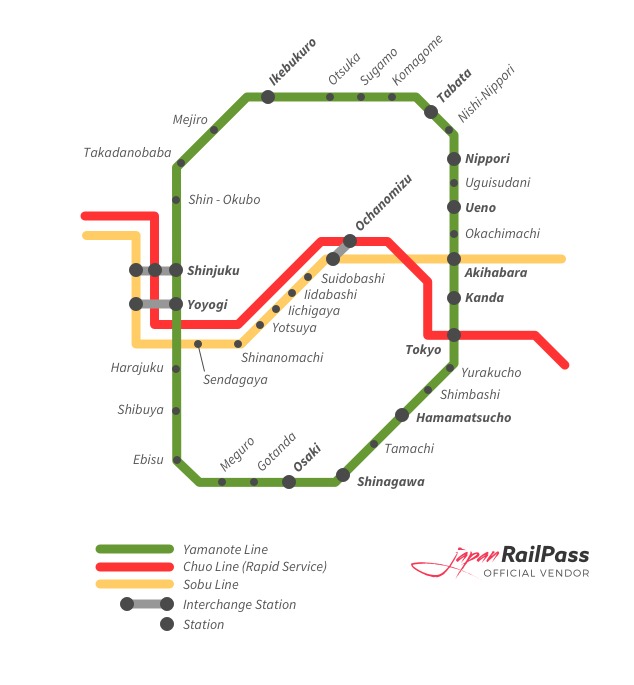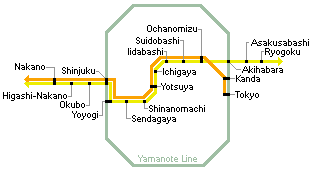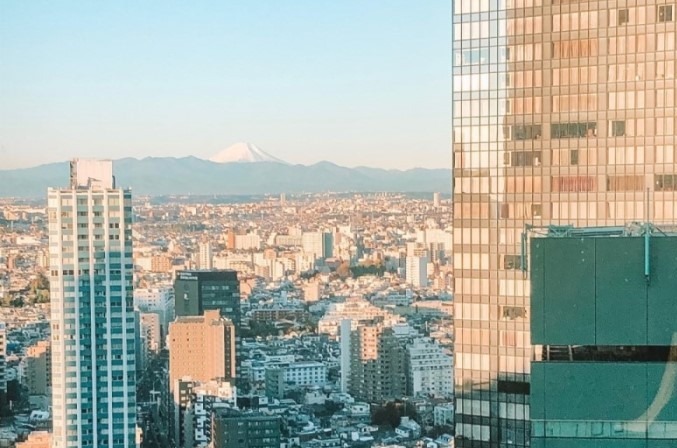
How to Use Tokyo’s Public Transportation

How to Use Tokyo’s Public Transportation
An easy to understand, outlined guide on how to use Tokyo’s public transportation.

Last Updated April 8th, 2020
Tokyo has almost 14 million residents, so taking public transportation in Tokyo, Japan is the best way to get around the city. However, being that it is such a large city, Tokyo’s public transportation system can be very confusing and overwhelming to visitors. I’ve put together an easy to follow, and detailed guide on how to get around Tokyo, and the best way to do so. And when I say detailed, I mean I’ve compiled all of my research into a succinct bullet point outline so that you can easily understand everything and get the most juice out of the lemon (is that a real phrase, or did I just make it up?)
Trust me when I suggest that you read through this slowly. Jot down your own notes & reference multiple maps while reading, so that you can feel comfortable with getting around when you arrive in Tokyo. Taking public transportation is much cheaper than paying for an uber or taxi, since the city is so large, and it gives you an excellent opportunity to truly experience Japan’s unique culture.
Things to Know about Tokyo, Japan’s Public Transportation System:
Plan your trip to Tokyo with this four day itinerary
Trains in Tokyo
Other JR Lines that you might use frequently in Tokyo are:
Chuo/Sobu Line (local): runs across the Yamanote circle, this is a local, slow service
(Yellow, slow local)
Chuo Line (rapid): runs across the Yamanote circle, a rapid service. Connects the Tokyo Station with Shinjuku Stations
(Orange, rapid)
Shinkansen: known as ‘bullet trains’. The Tokaido Shinknason trains stop at Tokyo & Shinagawa, and bullet trains north stop at Tokyo & Ueno
Shinkansen, or high speed bullet train, tickets can be purchased from the JR stations
Maps of the Shinknason trains cover the entirety of Japan, so to avoid confusion none are included in here. If you are interested in the bullet trains, check out this guide here
- The Narita Express is a JR East train line
- Narita Express is the train line that takes you from the Narita Airport into Tokyo’s city center
- There are private railway companies
- They connect Tokyo’s center with outer regions & surrounding prefectures
- The private railways typically start at a JR Yamanote Line
- Here are some of the private railway companies
- Keio
- Odakyu
- Seibu
- Tokyu
- Keikyu
- Keisei
- Tobu
Before you visit! Learn about Japanese Culture here.
Now that we’ve covered above ground trains, let’s move onto
Tokyo’s SUBWAYS
- There are 13 subway lines
- Operated by two companies
- Toei (4 lines) & Tokyo Metro (9 lines)
- They run mostly inside of the JR Yamanote Line (remember the JR Yamanote Line is the circular/loop line that stops at many major Tokyo stops)
Tickets & Passes for Tokyo’s Subways and Trains
Tokyo Travel cards
- Tokyo’s travel cards give you unlimited access to any subway or train line
- They don’t discount the cost per ride, but they do save you a lot of time from having to buy a ticket each time you want to go somewhere; i.e. you’d have to find the ticket booth, stand in line, etc (each station is different so finding the ticket area would take you time)
- Each area/prefecture of Japan has their own travel card. The most used and acceptable in Tokyo are the Suica and Pasmo cards. What is the difference between a Suica and a Pasmo card? See below!
Suica: purchased at JR lines
- Travelers can purchase Suica cards from any JR station ticket machine or convenience stores
- It is a prepaid fare card
- A 500 yen (about $5) deposit is required, and can be refunded when the card is returned
- Suica cards are accepted all over Japan- almost all buses, trains, convenience stores, vending machines
- Once charged up with money the Suica card can be used immediately
Pasmo: purchased at non-JR lines/local lines (subway & bus lines)
- Pasmo cards are used the same way as Suica cards, they are just provided by a different company
- Pasmo cards are only accepted within Tokyo
- Pasmo cards can be purchased from either airport, rail & subway stations
- A 500 yen deposit is also required, and can be refunded when the card is returned.
- Keep in mind, that the Pasmo card is only available to be used within Tokyo, so be sure to return the card for your deposit while you are within the city of Tokyo
Should you choose a Suica or Pasmo card?
This seems to be a matter of preference to each person & where they will be traveling within the country
How to use your travel cards:
- Simply touch your travel card over the entrance scanner to the station
- The scanners will beep if you do not have enough money charged onto the card, so each station has kiosks where you can purchase and re-charge your cards
- Day passes are available but not very convenient
- They don’t cover all of the different lines & all seem to be overpriced
- And if you’re exploring over a few days you’ll end up taking different lines of transportation around, so its more economical to purchase a travel card
- Japan Rail Pass
- This is useful if you are exploring large parts of Japan, outside of Tokyo
- If traveling outside of Tokyo, I would suggest purchasing the Japan Rail Pass only for the days that you are not in Tokyo, and using the travel cards, which are cheaper, for when you are in Tokyo
- Regional Passes
- JR Tokyo Wide Pass: good for getting to Tokyo Disneyland and Mt. Fuji
- You can only purchase a regional pass in person at either of Tokyo’s airports or the main train stations
- Know that each region of Japan has its own travel pass, or IC card (Tokyo’s are Suica & Pasmo)
Tips for using Tokyo’s Public Transportation:
- The faster, bullet trains, also known as Shinkansen, require separate tickets. Meaning you cannot use your Travel (Suica or Pasmo) cards for the bullet trains
- Return your travel card at the end of your visit at any station relevant to your card
- Suica: JR lines
- Pasmo: non-JR lines
- With 13 million people in one city, rush hour will be packed; if possible, avoid traveling from 7:30-9am
- Many lines run from 5am-1am
- There are women only cars during rush hours (children 6th grade & younger are allowed), typically towards the front of the train
- Use your mobile device to help you navigate. Google Maps was on point with their directions using Tokyo’s trains and subways. The app will show you the number of stops, which exit of the station to take & the direction to walk towards
Planning a trip to Tokyo? Read these posts to help you plan & feel prepared for your trip!
Weekend Itinerary for Tokyo, Japan
Basics of Japanese Culture
First Time Visitors Guide to Tokyo, Japan
Pin me for Later!



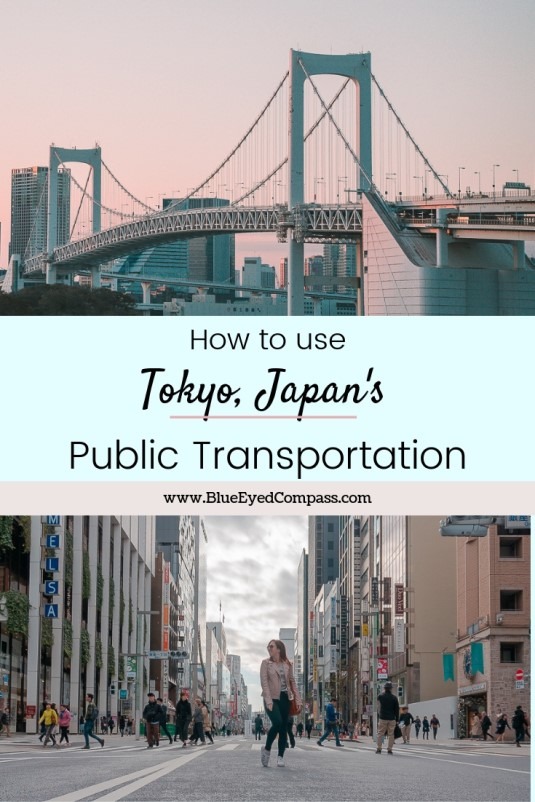



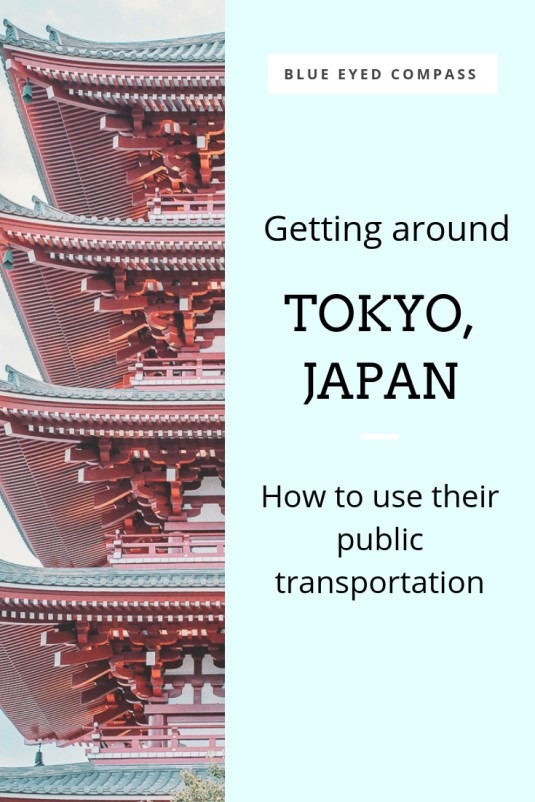

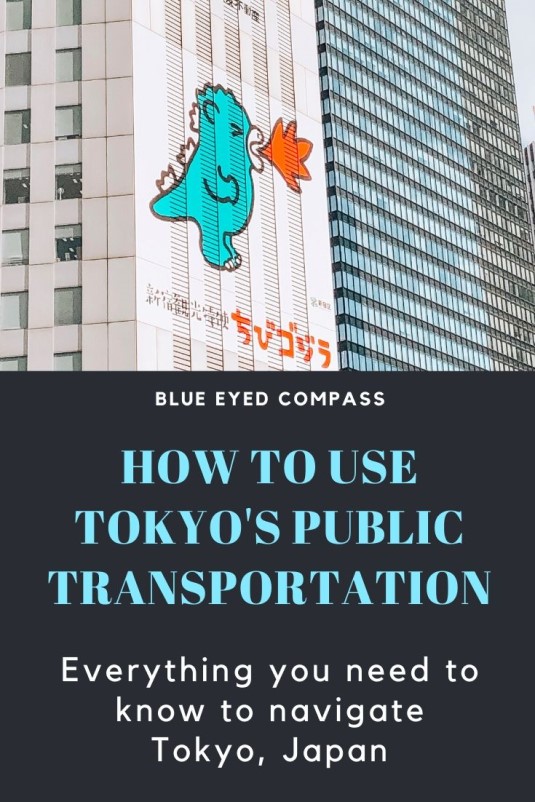

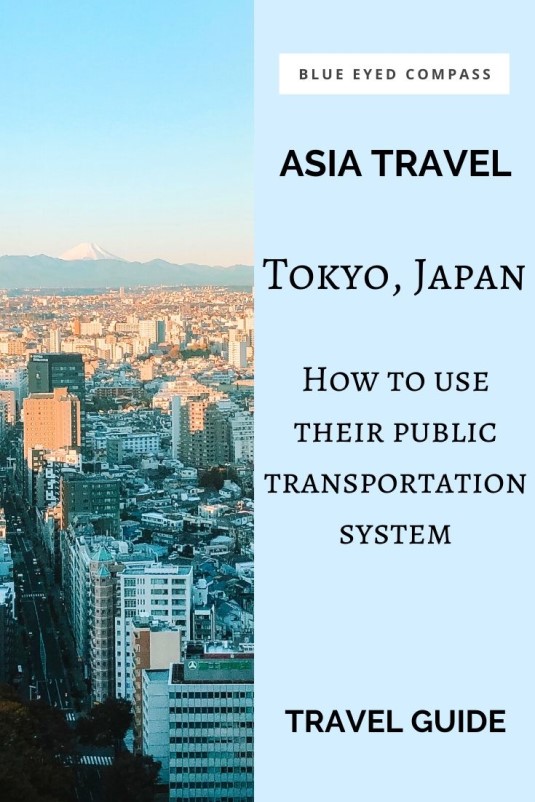

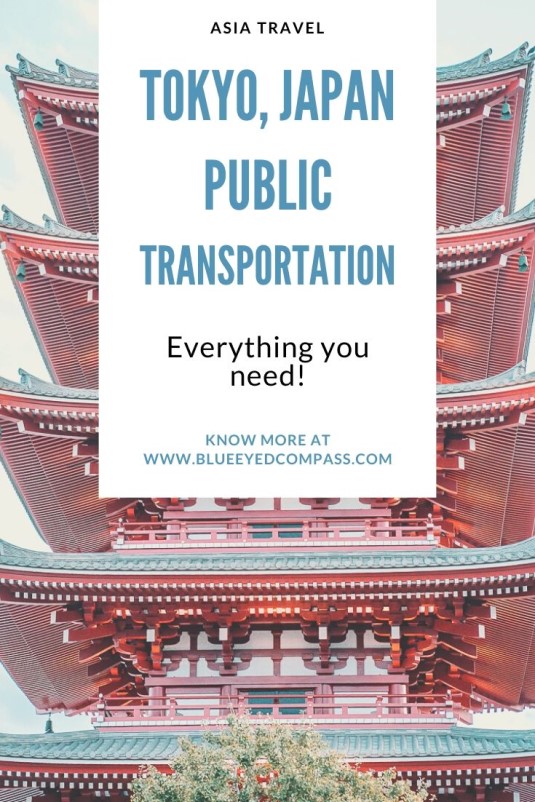

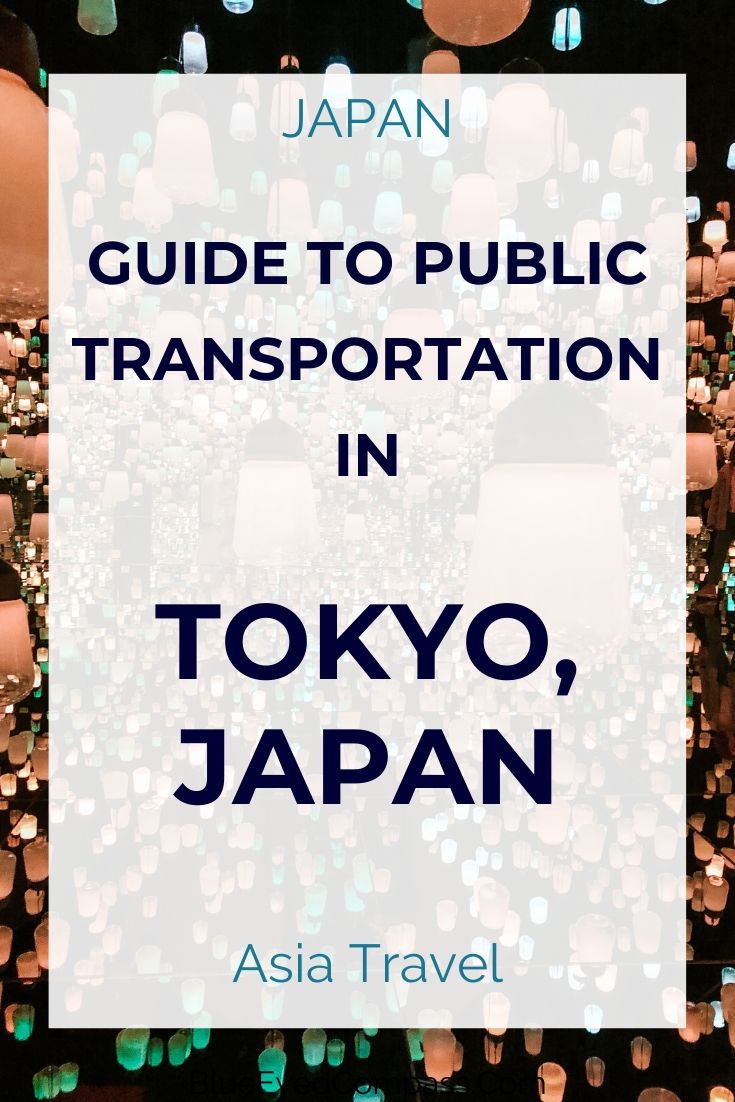



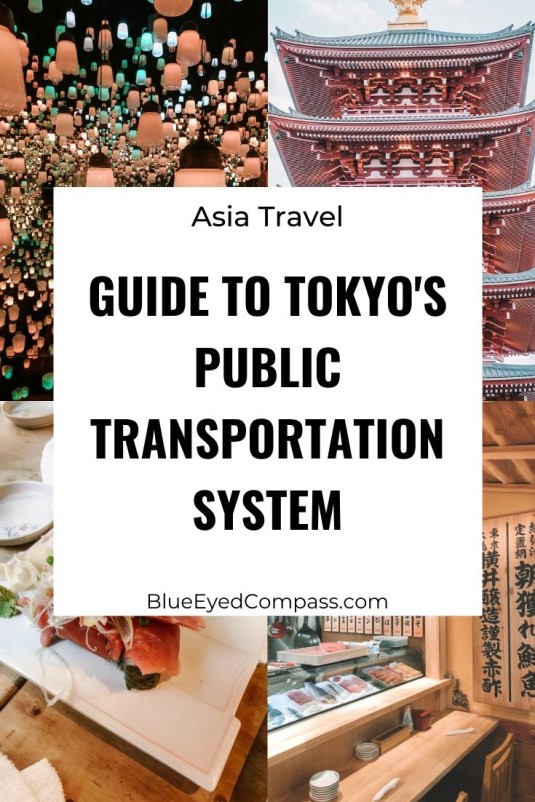

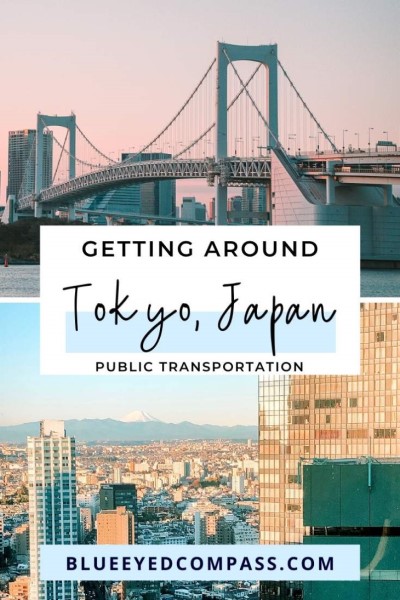

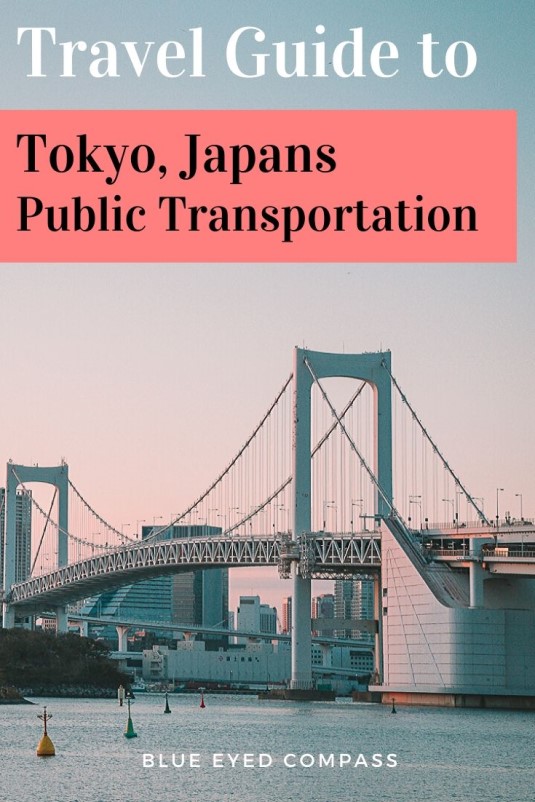

Follow Along

